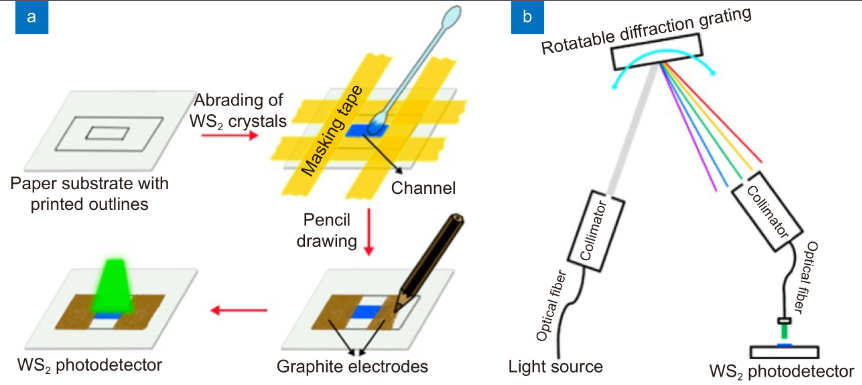Working principle of semiconductor laser
First of all, the parameter requirements for semiconductor lasers are introduced, mainly including the following aspects:
1. Photoelectric performance: including extinction ratio, dynamic linewidth and other parameters, these parameters directly affect the performance of semiconductor lasers in communication systems.
2. Structural parameters: such as luminous size and arrangement, extraction end definition, installation size and outline size.
3. Wavelength: The wavelength range of semiconductor laser is 650~1650nm, and the accuracy is high.
4. Threshold current (Ith) and operating current (lop) : These parameters determine the start-up conditions and working state of the semiconductor laser.
5. Power and voltage: By measuring the power, voltage and current of the semiconductor laser at work, P-V, P-I and I-V curves can be drawn to understand their working characteristics.
Working principle
1. Gain conditions: The inversion distribution of charge carriers in the lasing medium (active region) is established. In the semiconductor, the energy of electrons is represented by a series of nearly continuous energy levels. Therefore, the number of electrons at the bottom of the conduction band in the high energy state must be much larger than the number of holes at the top of the valence band in the low energy state between the two energy band regions to achieve the inversion of the particle number. This is achieved by applying a positive bias to the homojunction or heterojunction and injecting the necessary carriers into the active layer to excite electrons from the lower energy valence band to the higher energy conduction band. When a large number of electrons in the reversed particle population state recombine with holes, stimulated emission occurs.
2. In order to actually obtain coherent stimulated radiation, the stimulated radiation must be fed back several times in the optical resonator to form laser oscillation, the resonator of the laser is formed by the natural cleavage surface of the semiconductor crystal as a mirror, usually plated on the end of the light with a high reflection multilayer dielectric film, and the smooth surface is plated with a reduced reflection film. For the F-p cavity (Fabry-Perot cavity) semiconductor laser, the F-P cavity can be easily constructed by using the natural cleavage plane perpendicular to the p-n junction plane of the crystal.
(3) In order to form a stable oscillation, the laser medium must be able to provide a large enough gain to compensate for the optical loss caused by the resonator and the loss caused by the laser output from the cavity surface, and constantly increase the light field in the cavity. This must have a strong enough current injection, that is, there is enough particle number inversion, the higher the degree of particle number inversion, the greater the gain, that is, the requirement must meet a certain current threshold condition. When the laser reaches the threshold, light with a specific wavelength can be resonated in the cavity and amplified, and finally form a laser and continuous output.
Performance requirement
1. Modulation bandwidth and rate: semiconductor lasers and their modulation technology are crucial in wireless optical communication, and the modulation bandwidth and rate directly affect the communication quality. Internally modulated laser (directly modulated laser) is suitable for different fields in optical fiber communication because of its high speed transmission and low cost.
2. Spectral characteristics and modulation characteristics: Semiconductor distributed feedback lasers(DFB laser) have become an important light source in optical fiber communication and space optical communication because of their excellent spectral characteristics and modulation characteristics.
3. Cost and mass production: Semiconductor lasers need to have the advantages of low cost and mass production to meet the needs of large-scale production and applications.
4. Power consumption and reliability: In application scenarios such as data centers, semiconductor lasers require low power consumption and high reliability to ensure long-term stable operation.

Post time: Sep-19-2024





